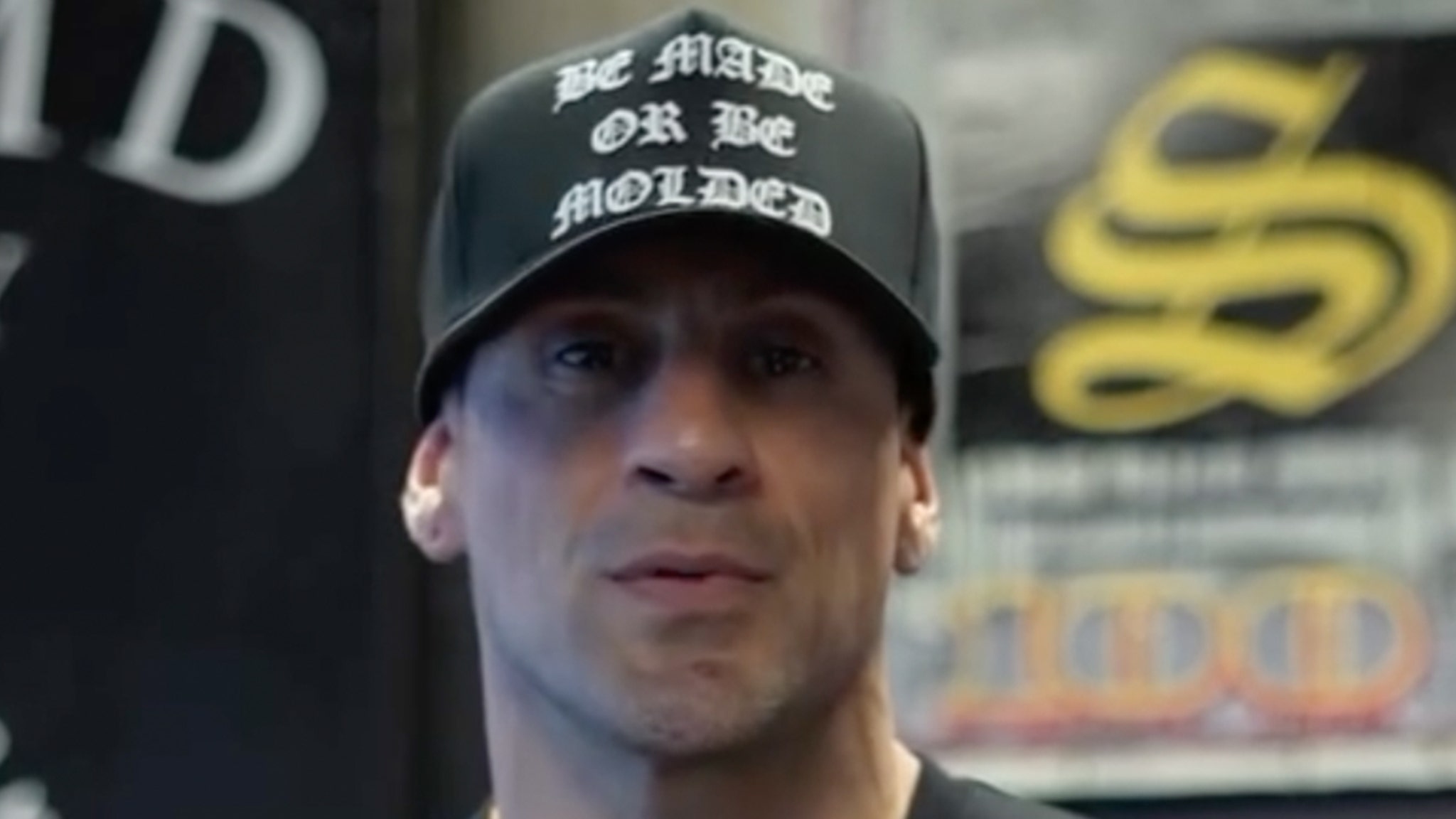Fashion
Plus Size Fashion Made Up Fewer Than 1% of This Season’s Looks, Report Finds

Vogue Business published its annual size inclusivity report, looking at plus size, mid-size and straight size representation across all of the spring-summer 2025 shows from Fashion Month. While the results are not unsurprising, they certainly are bleak. Case in point: Many of the most size-diverse brands didn’t have a single plus size look on the runway.
The report’s authors, Lucy Maguire and Maliha Shoaib, note that ”of the 8,763 looks presented across 208 shows and presentations, 0.8% were plus-size (US 14+), 4.3% were mid-size (US 6-12) and 94.9% were straight-size (US 0-4). Plus-size representation is level with last season, at 0.8%.”
Some attribute this shift from marginal progress to a complete plateau (if not slight regression in some areas) to the rising popularity of semaglutide drugs like Ozempic. There’s also a clear influx of diet culture social media disguised as wellness that has sealed into our day-to-day viewing of body neutrality. However, size diversity isn’t just about consumerism — though, notably, there is still a majority of consumers fitting into the unrepresented sizes. Fashion is about setting the cultural stage for the current and, more importantly, the future. Size representation is an important part of that.
While many brands cite costs as a reason for going, sample sides backslide isn’t about how much money a brand has in the bank. The brands with the most diverse representation were the independent labels like Bach Mai, Willy Chavaria and Abra.
Size diversity cannot be treated like a trend by labels that have the means to create so much more than the status quo of what’s been. It should be a reflection of everyone who loves and wears clothing.








